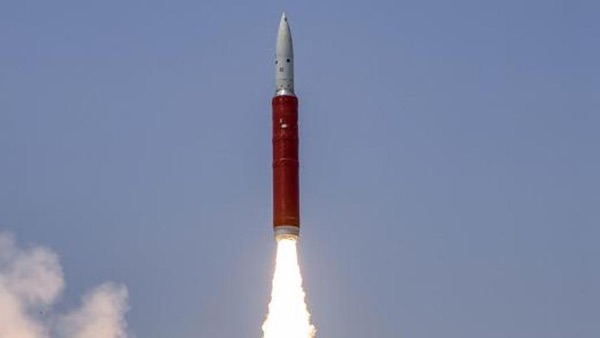India’s ASAT test and changing perceptions of space warfareby Taylor Dinerman
|
| More than anything else, this test is a threat to China’s large and increasingly vital array of space assets. |
Make no mistake, hitting a target moving at something like 28,000 kilometers an hour 300 kilometers above the Earth’s surface is no easy thing. Theoretically it should be within the capability of any power with the ability to put satellites into orbit, but actually doing the job is quite a feat. Also significant is the way that India tested its ASAT weapon, limiting the amount of long-lived debris.
NASA administrator Jim Bridenstine’s reaction to the supposed threat to the International Space Station (ISS) caused by the debris seems, at the moment anyway, to be excessive. The ISS is probably not going to be dodging any fragments left over from this test. Most of the debris will burn up within weeks.
More than anything else, this test is a threat to China’s large and increasingly vital array of space assets. If China and India were to get into a large-scale fight in the Himalayas, satellite communications would be needed by both sides simply to maintain contact between units in adjacent valleys. Other radio relay systems, including drones, would be even more vulnerable than spacecraft. GPS and other space-based navigation systems would be limited by the terrain and thus both sides would need to be extremely sophisticated in the way they use this technology.
In any conflict between India and China, it would be China would be more vulnerable in space simply because they have more space assets than India. In space warfare, India has the same relative advantage vis-à-vis China that China does vis-à-vis the US. This move effectively changes the global balance of power to China’s disadvantage.
After the debacle of the Indian Air Force’s February retaliatory strike on an Islamist terror camp near the Kashmir border and the aftermath, when India lost a MiG-21 and apparently failed to hit the intended target, Modi’s government needed to prove that the Indian armed forces were not a paper tiger. Demonstrating their space warfare capabilities was probably the quickest and most attention-grabbing way to do it. It also moved the spotlight away from the sad record of India’s military procurement bureaucracy.
| Space warfare and the debris it creates is something that the US government, especially the US military, is going to have to learn to live with. |
Sources say that India has had the capability to perform such a test for at least the last 10 years. They probably began to develop an ASAT weapon shortly after China destroyed one of its old satellites in 2007 and after the US destroyed an out-of-control American military spacecraft a year later. Anti-satellite technology is proliferating and, throughout the world, major military forces are learning to deal with the possibility that surveillance, intelligence, navigation, and communications systems that depend on spacecraft may not be there when they are most needed. Space warfare and the debris it creates is something that the US government, especially the US military, is going to have to learn to live with.
At this point in the history of Indo-American relations this test should not be regarded as a big deal. The slow process of improving the ties between the world’s two largest democracies has gone on almost uninterrupted since the end of the Cold War. In the civil space sphere NASA and the Indian Space Research Organisation have excellent overall relations. Even more important from a hard power perspective is that India has built a GPS compatible satellite navigation system with the quiet cooperation of the US Air Force. If anything, this Mission Shakti shows that India is a serious actor in the space security field and deserves to be treated as one.
Note: we are temporarily moderating all comments subcommitted to deal with a surge in spam.
